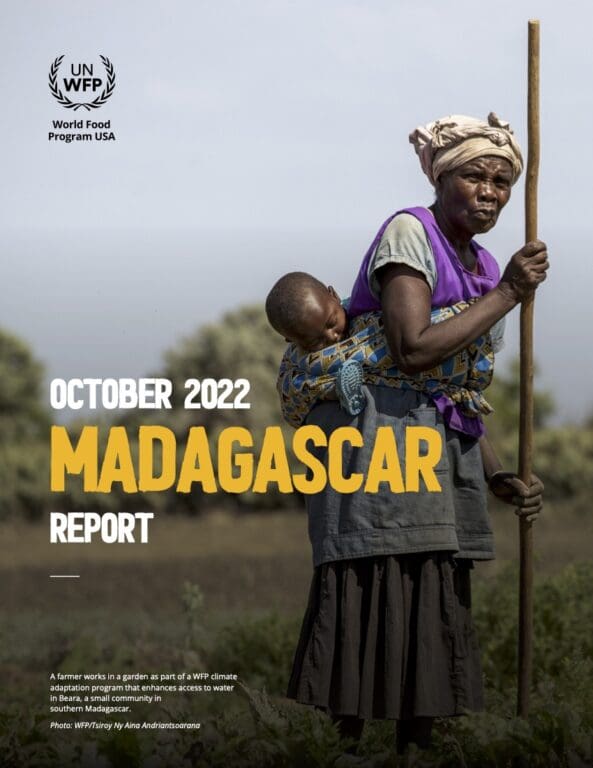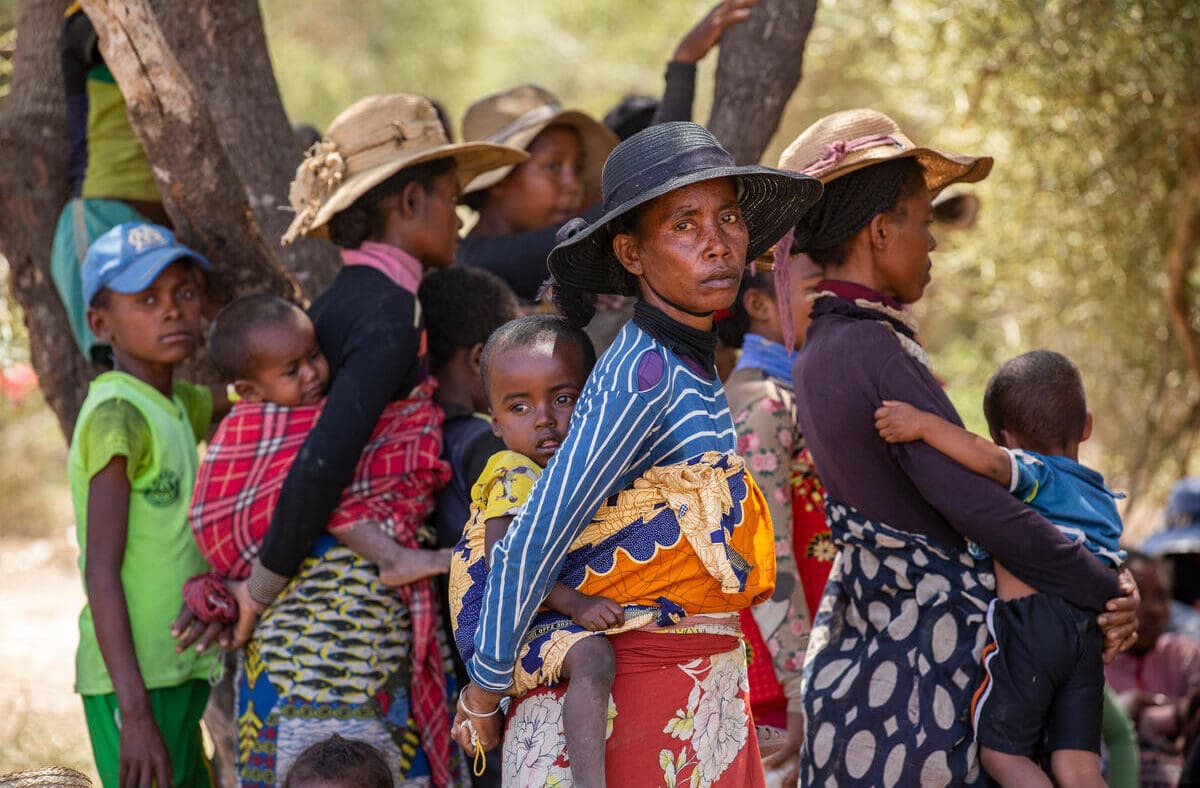
Madagascar
Climate & Hunger Crisis
Frequent climate extremes like cyclones and drought are driving hunger in southern Madagascar.
Farmers & Families Need Help
While WFP assistance helped avert a humanitarian catastrophe in drought-stricken southern Madagascar, hunger persists – driven by the combined effects of extreme climate, poor harvests and the war in Ukraine.
Over 1 million people in the south are living in a hunger crisis
90% of Madagascar’s original rainforests have been lost
Madagascar is the world’s fourth largest island
The Children of Climate Change
WATCH: ABC News’ David Muir Reports on Southern Madagascar
“WFP’s food is really lifesaving assistance as there is not much to eat in the region. We have cactus fruit for lunch and save the precious rice and split peas for dinner,” says Lignerene, a farmer and mother of 6 in the Ampanihy district.
Recurring drought and a weakened economy, worsened by the fallout of the COVID-19, are driving a severe food crisis in Madagascar. Families like Lignerene’s urgently need our help.
Saving Lives in Madagascar
WFP is on the ground across Madagascar, delivering food and creating programs to help people withstand an otherwise devastating cycle of floods, droughts, cyclones and instability.
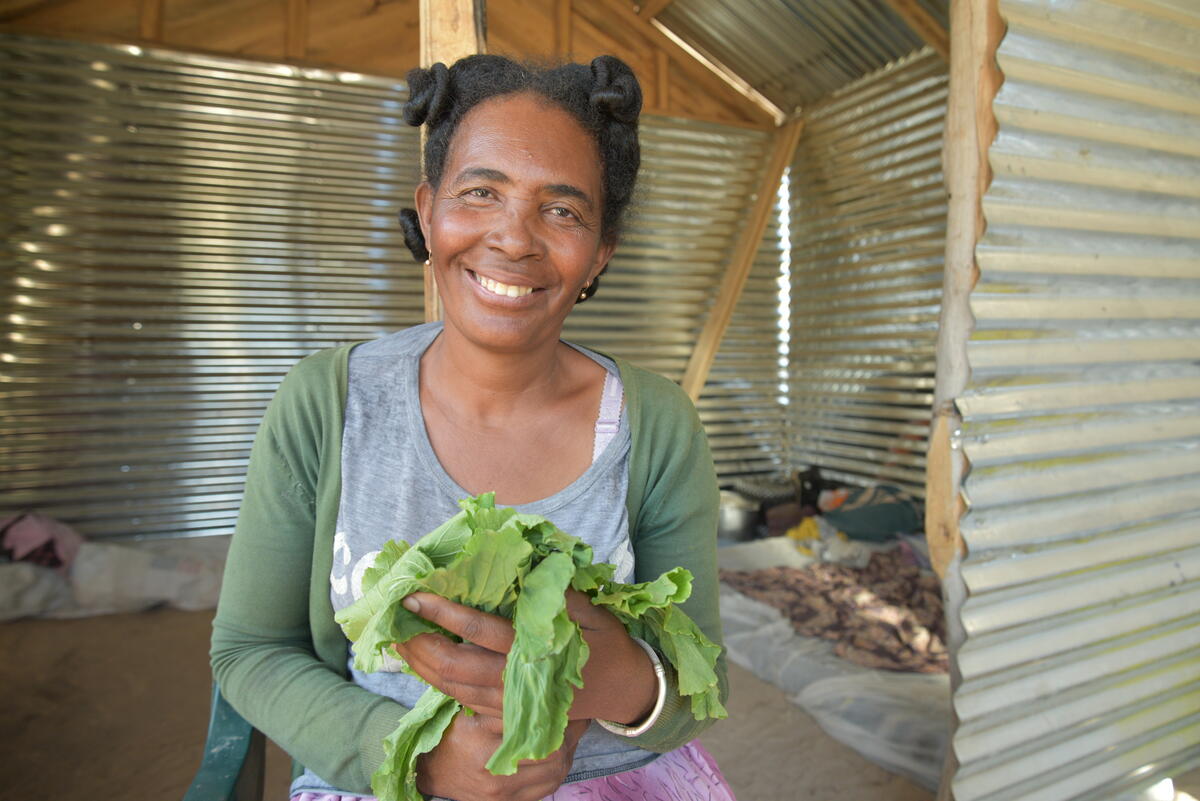
In 2022, WFP reached 2.2 drought- and cyclone-affected people with emergency food and cash assistance.

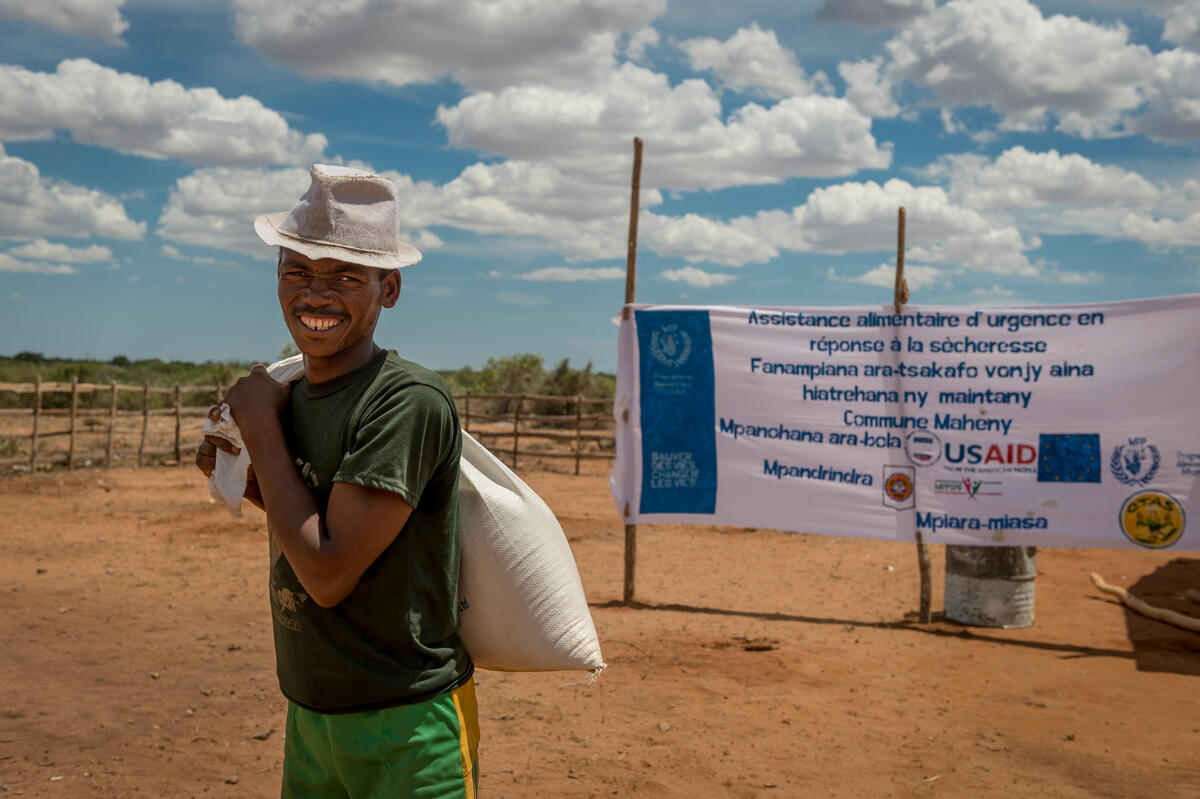
WFP prepositions food ahead of natural disasters and then races to reach affected populations with urgently needed assistance.

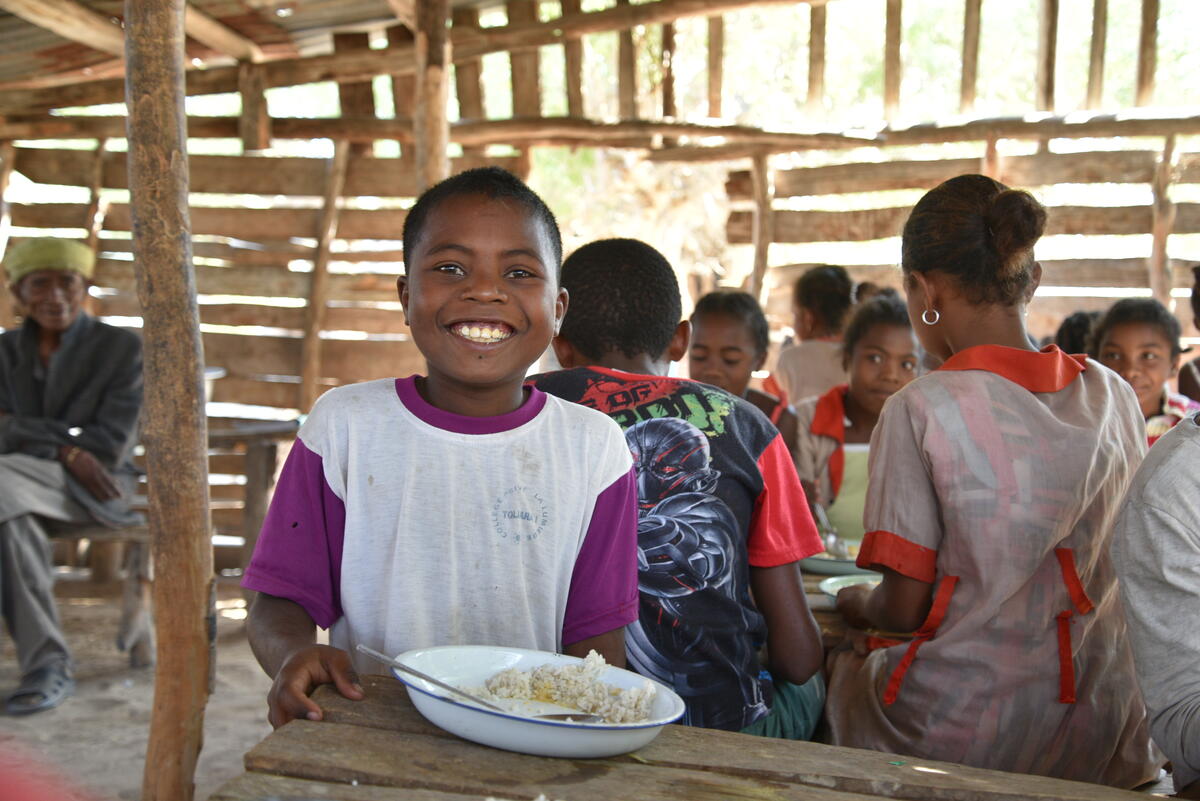
WFP is the largest provider of school meals in Madagascar, ensuring that 280,000 children receive nutritious food.

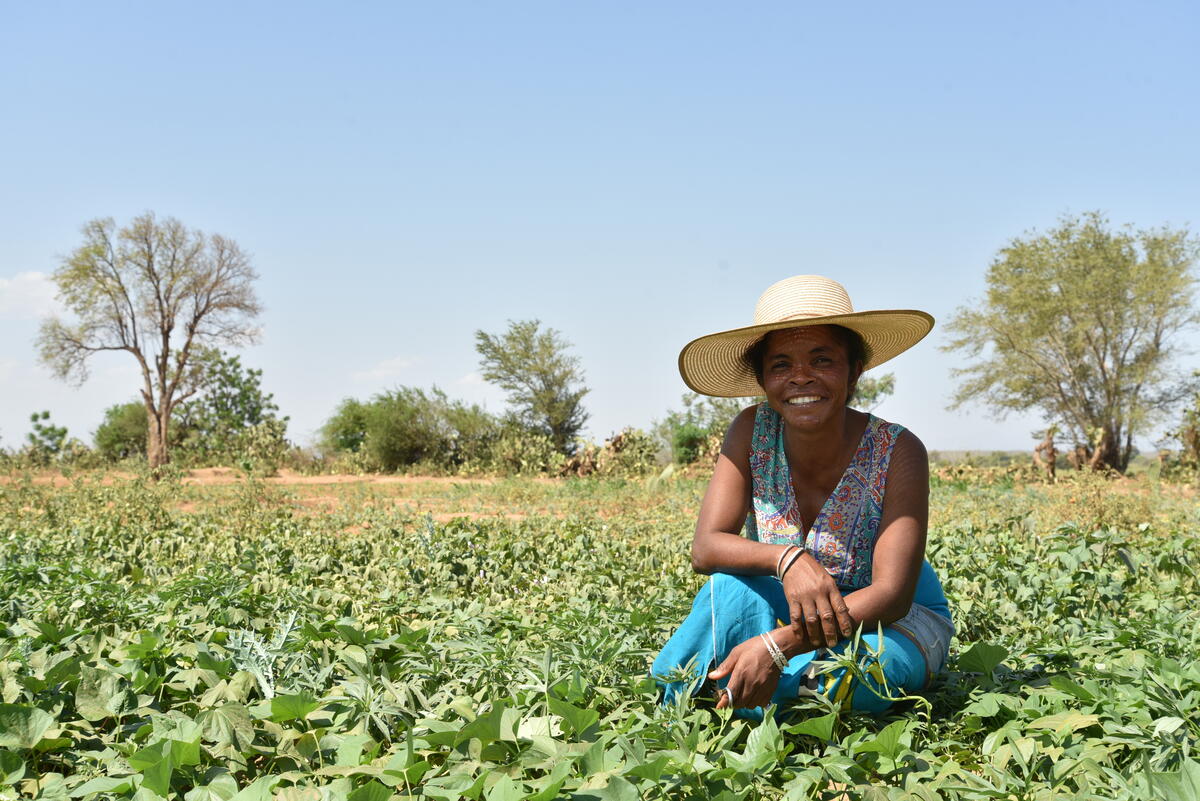
WFP connects farmers to markets and provides them with training and tools, which boosts their incomes and access to food.

Madagascar Report
It has been nearly two years since the alarming report of severe hunger in southern Madagascar. The convergence of climate shocks, crop failures and the economic impact of COVID-19 drove the country’s hunger rates. At this critical moment, the United Nations World Food Programme (WFP) carried out lifesaving activities in Madagascar.
As you will read in this report, WFP made a difference in the lives of millions in Madagascar.
In the Grip of Drought & Famine
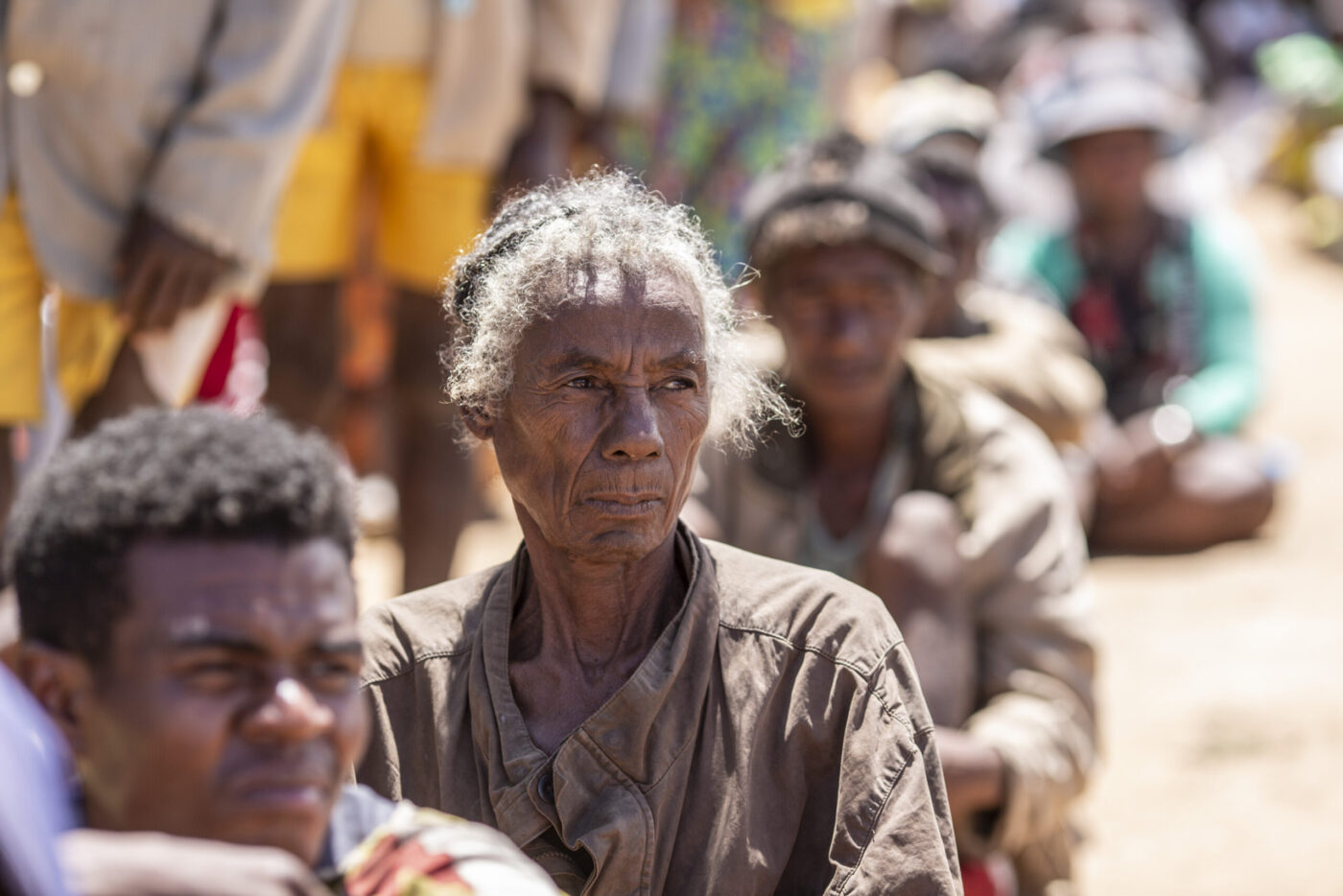
Extreme Weather
The island nation suffers more and more devastating climate events every year. By April 2021, 70% of the Grand Sud (south) region of Madagascar was impacted by drought which led to another failed harvest in 2022.
Photo: WFP/Tsiory Andriantsoarana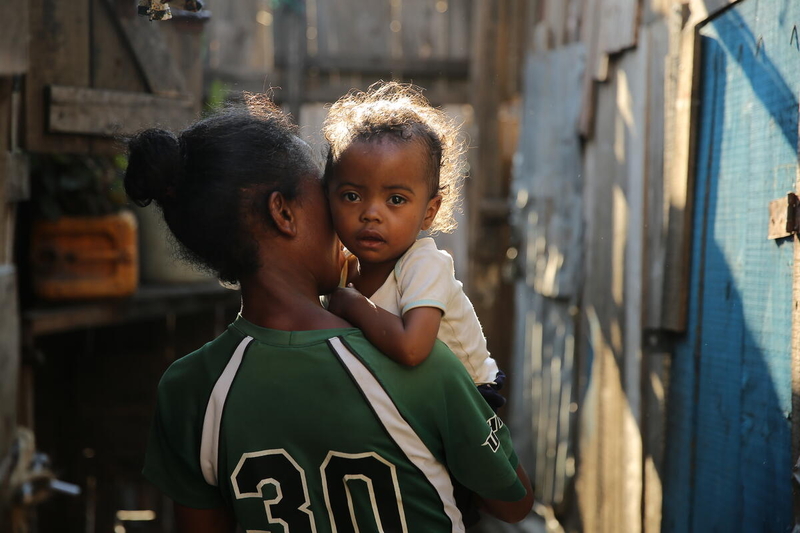
Disaster Prone
Madagascar is among the ten countries most vulnerable to disasters and is considered to be the most cyclone-exposed country in Africa. A quarter of the population lives in areas highly prone to cyclones, floods or drought.
Photo: WFP/Tsiory Andriantsoarana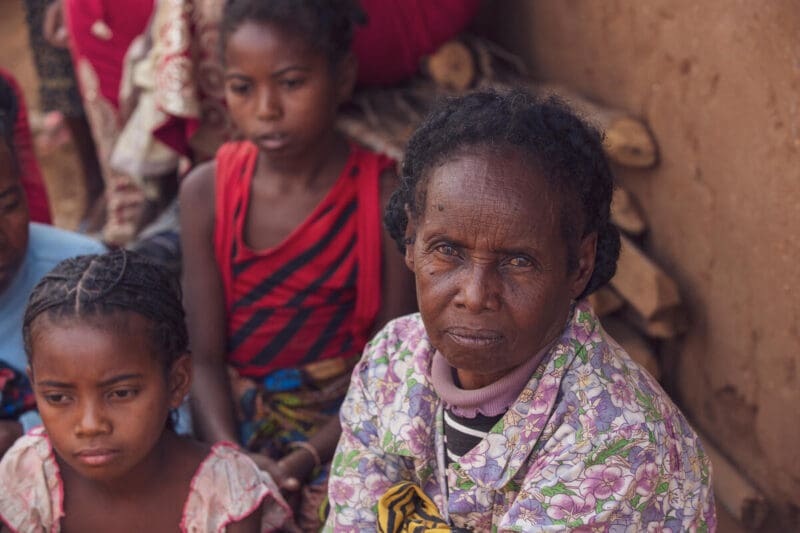
Poverty
Madagascar is among the ten countries most vulnerable to disasters and is considered to be the most cyclone-exposed country in Africa. A quarter of the population lives in areas highly prone to cyclones, floods or drought.
Photo: WFP/Tsiory Ny Aina Andriantsoarana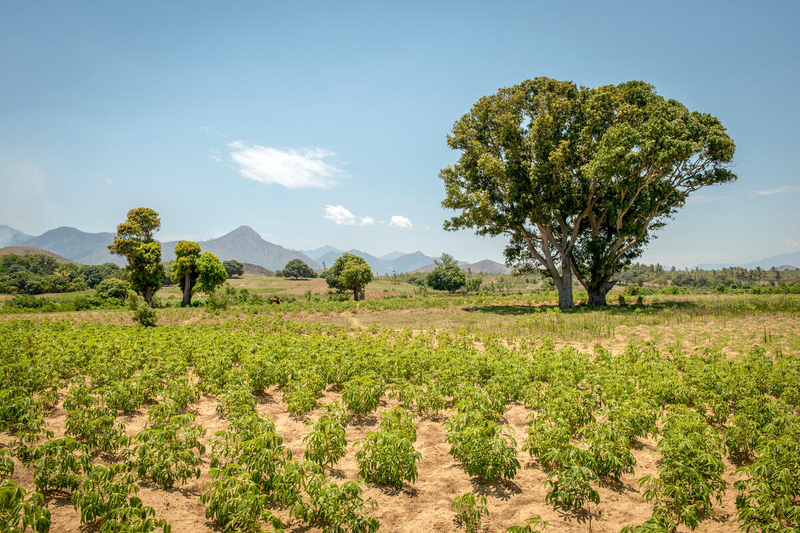
Agriculture
Madagascar boasts a unique ecosystem, with thousands of species of plants and animals found nowhere else. Farming, fishing and forestry form the backbone of the Malgasy economy. But most farmers rely on small, rain-fed parcels of land, and struggle to produce in the face of climate shocks, instability, and lack of access to equipment and land.
Photo: WFP/Giulio d'Adamo



Help Us Save Lives
You can help save lives by donating to send food to countries like Madagascar facing severe hunger crises.
News & Updates from Madagascar
Read the latest articles on hunger issues and WFP’s work in Madagascar.
